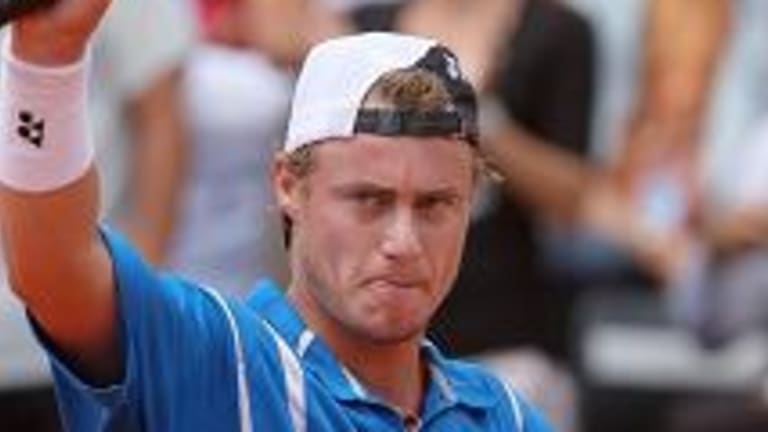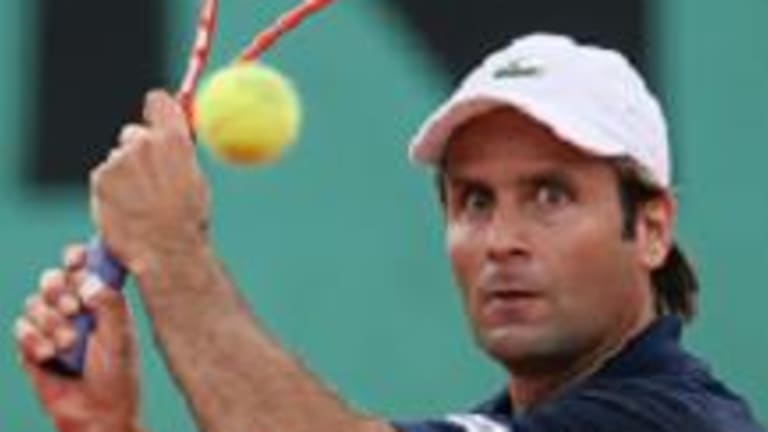Mornin', everyone. It's shaping up as old-timer's day at the French Open, with Marat Safin and Lleyton Hewitt both cruising to relatively painless wins, and how about 35-year old Fabrice Santoro - a straight set winner today over Evgeny Korolev on Court 3!
Old Timer's Day
By May 28, 2008Pick of the Day
Jaume Munar vs. Jan-Lennard Struff, Mutua Madrid Open
By Apr 26, 2024Madrid, Spain
Joao Fonseca wins Masters 1000 debut in Madrid over fellow teen Alex Michelsen
By Apr 25, 2024Style Points
Adrian Mannarino has a clothing sponsor! Lefty to debut with Celio at Mutua Madrid Open
By Apr 25, 2024Roland Garros
FFT to reveal second retractable roof court at Roland Garros ahead of Paris Olympics
By Apr 25, 2024Madrid, Spain
Rafael Nadal wins in Madrid homecoming, defeats 16-year-old American Darwin Blanch
By Apr 25, 2024Madrid, Spain
Dominant Coco Gauff double bagels Arantxa Rus in Madrid opener
By Apr 25, 2024Madrid, Spain
Maria Sakkari shakes off BJK Cup fatigue, brings clear mind to Madrid clay
By Apr 25, 2024Madrid, Spain
Naomi Osaka loses in Madrid, bows out to Liudmila Samsonova on clay
By Apr 25, 2024Your Game
Geared Up: Rafael Nadal plays out his illustrious career with Babolat and Nike
By Apr 25, 2024Old Timer's Day
Published May 28, 2008
Advertising

Marat
© AFP/Getty Images
Advertising

Lleyton
© AFP/Getty Images
Advertising

Fabrice
© AFP/Getty Images